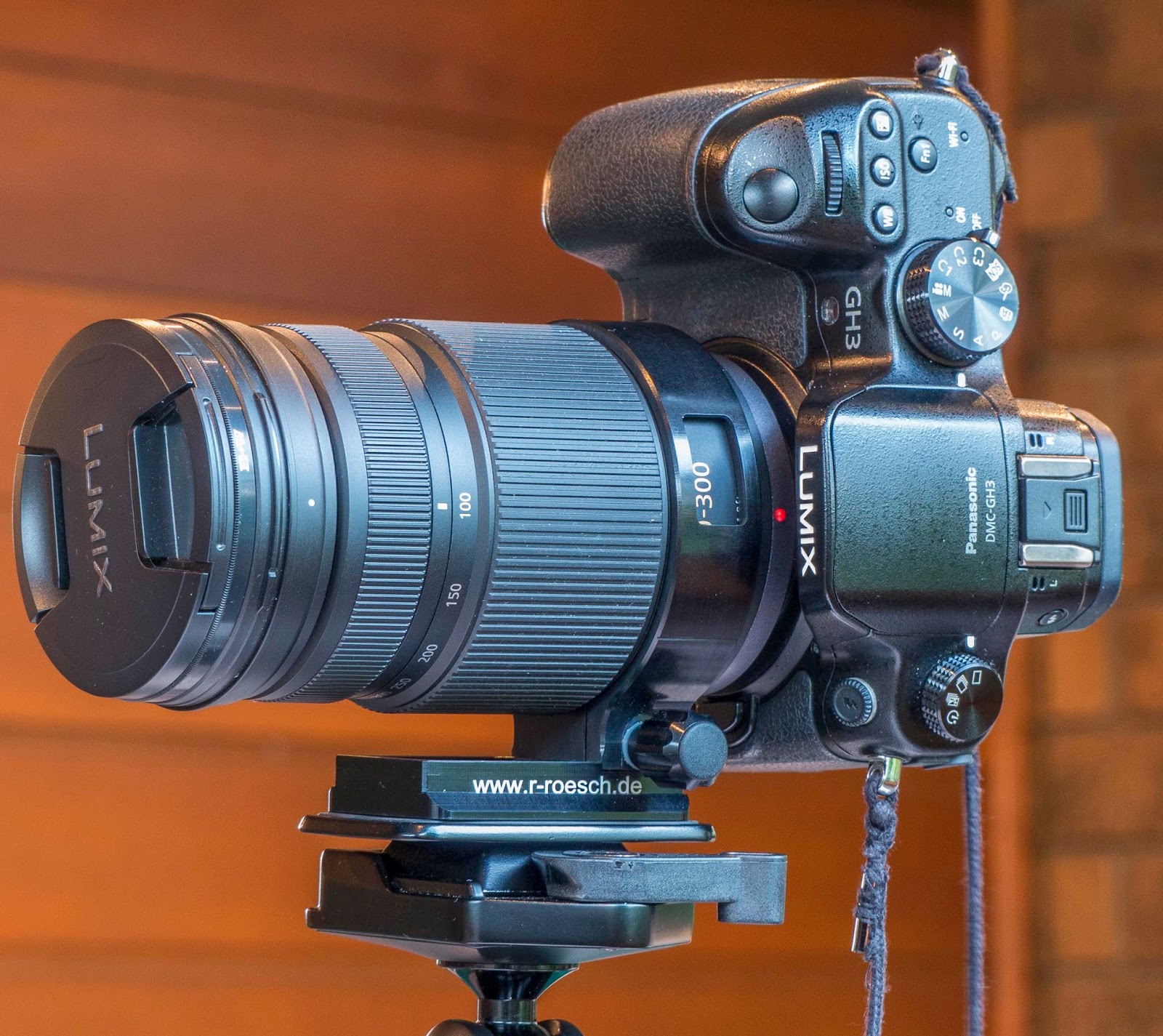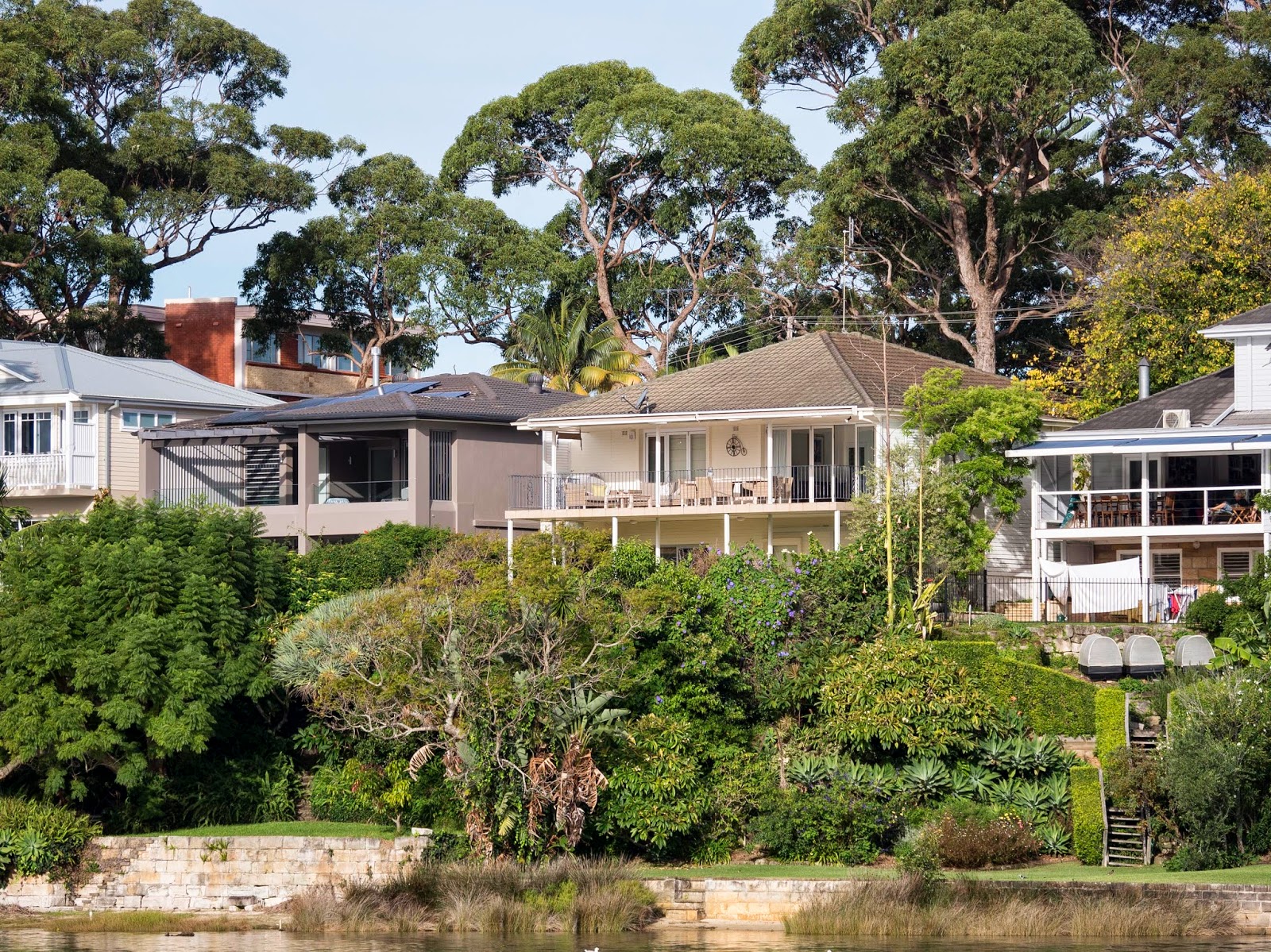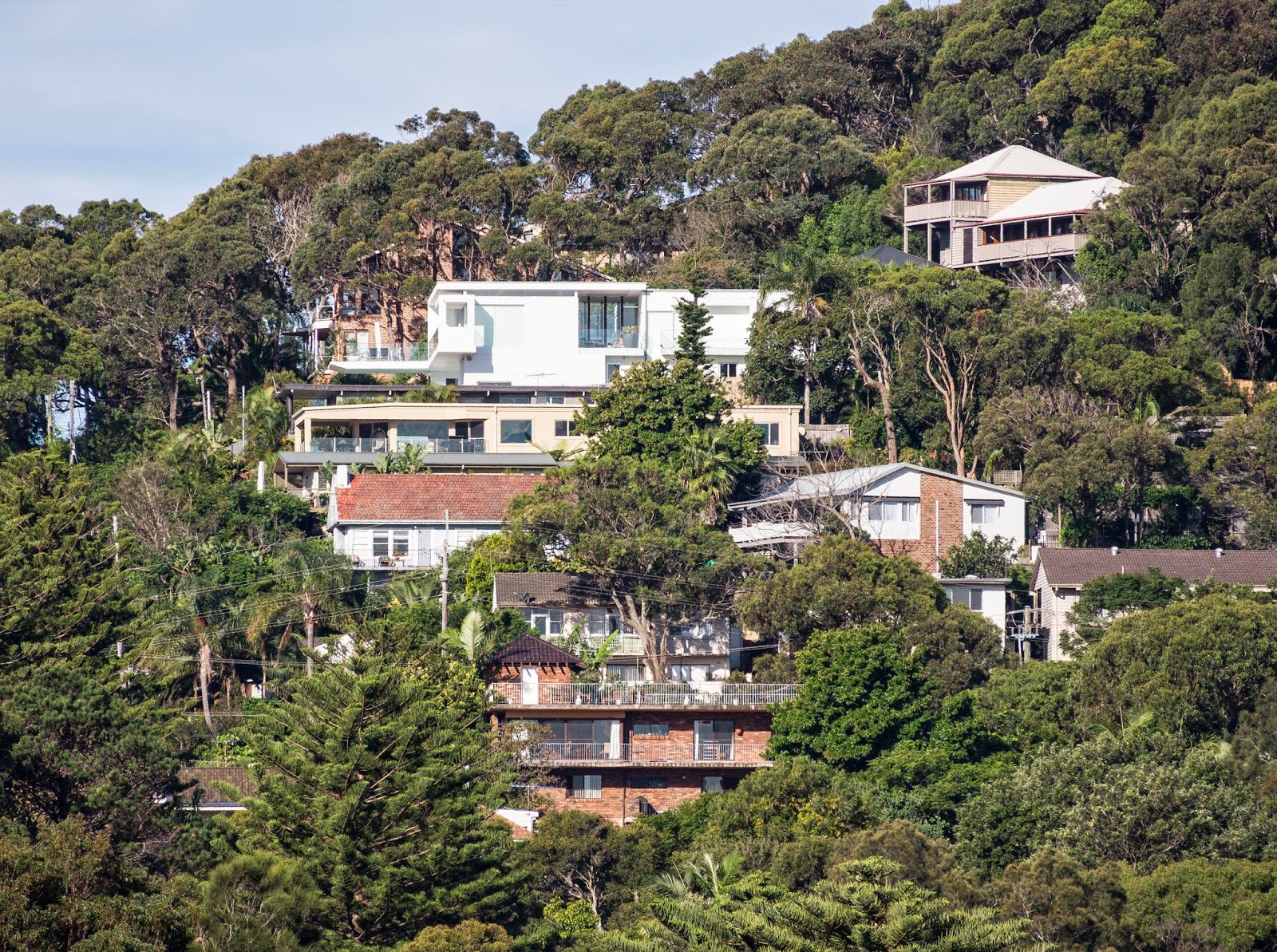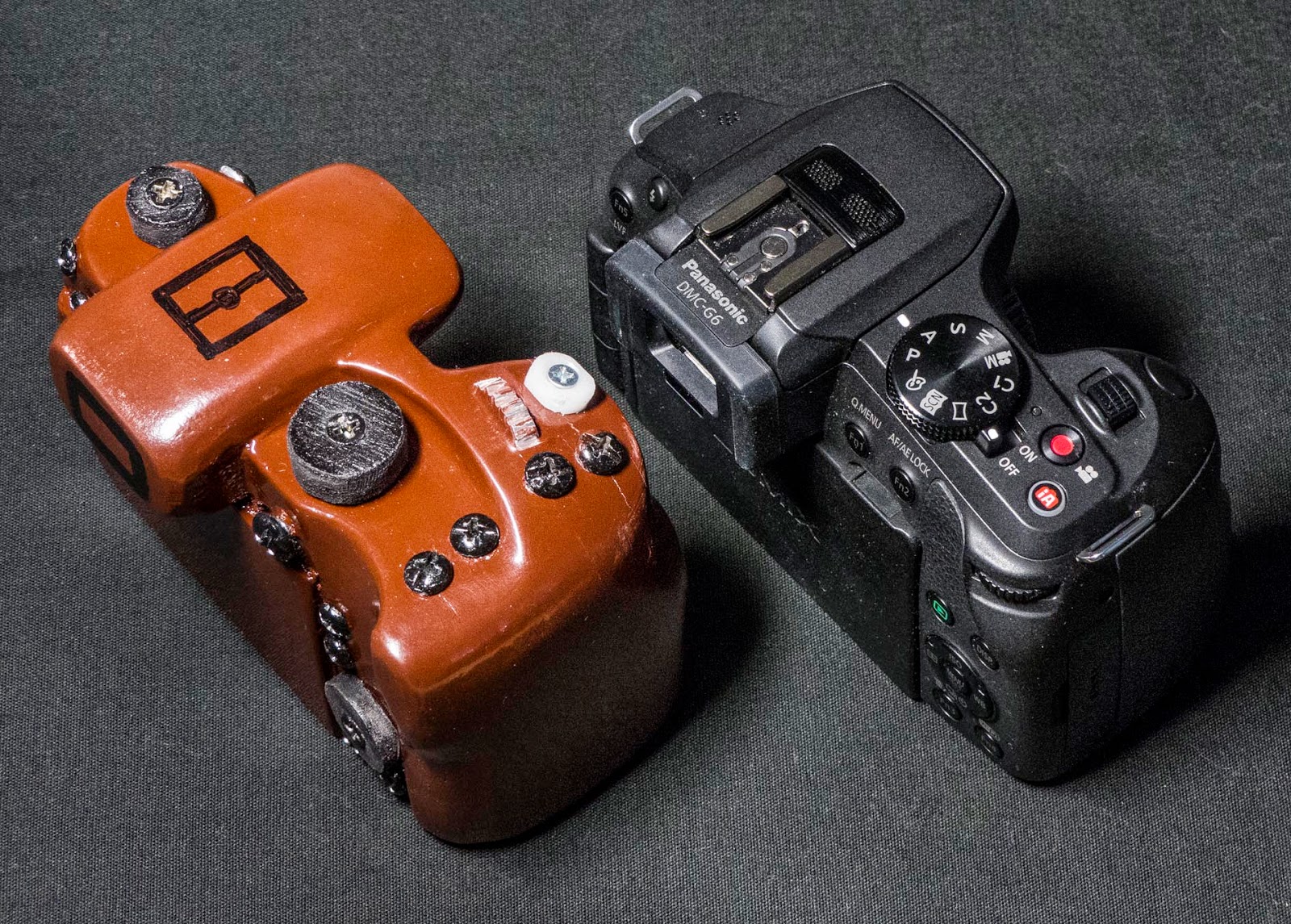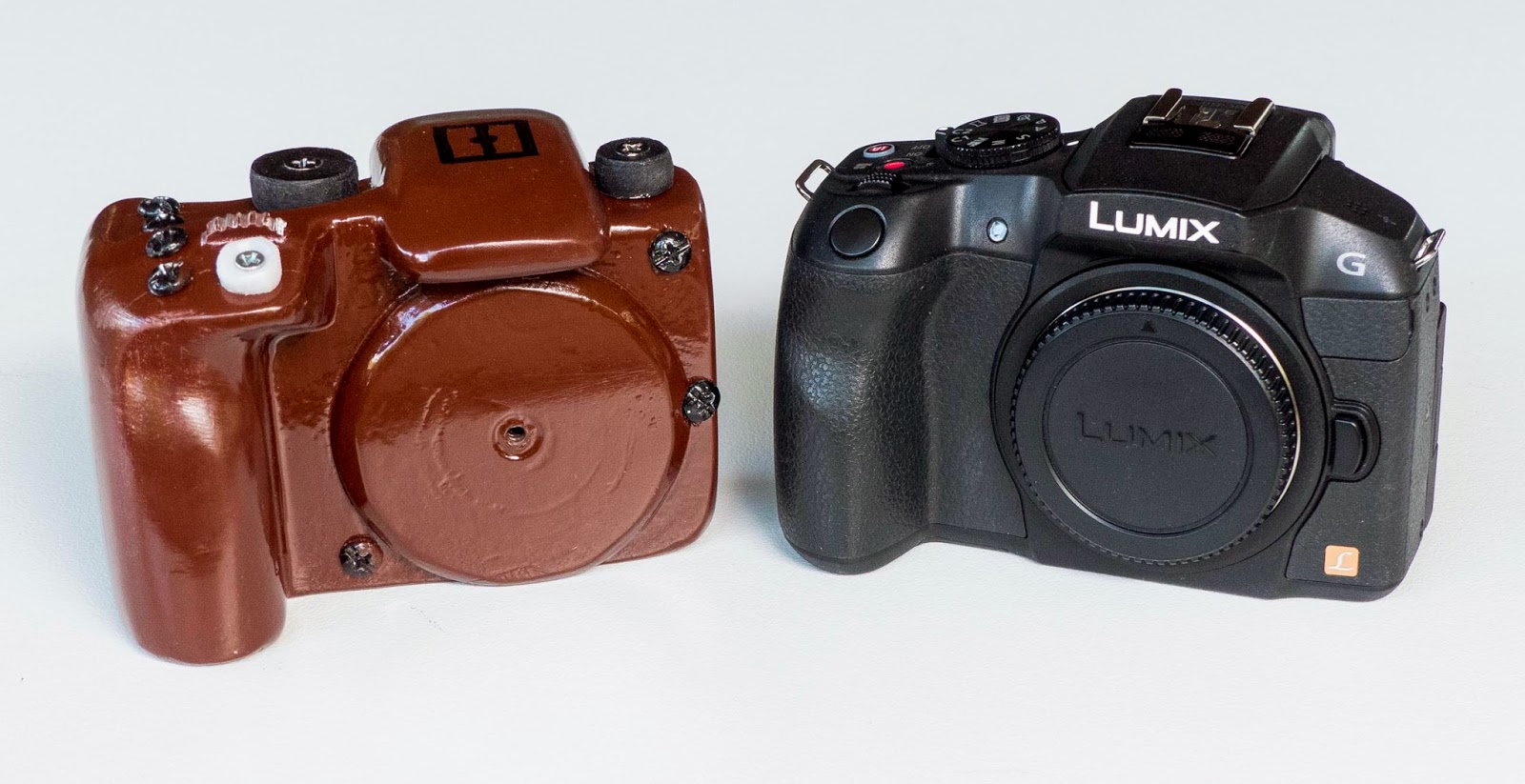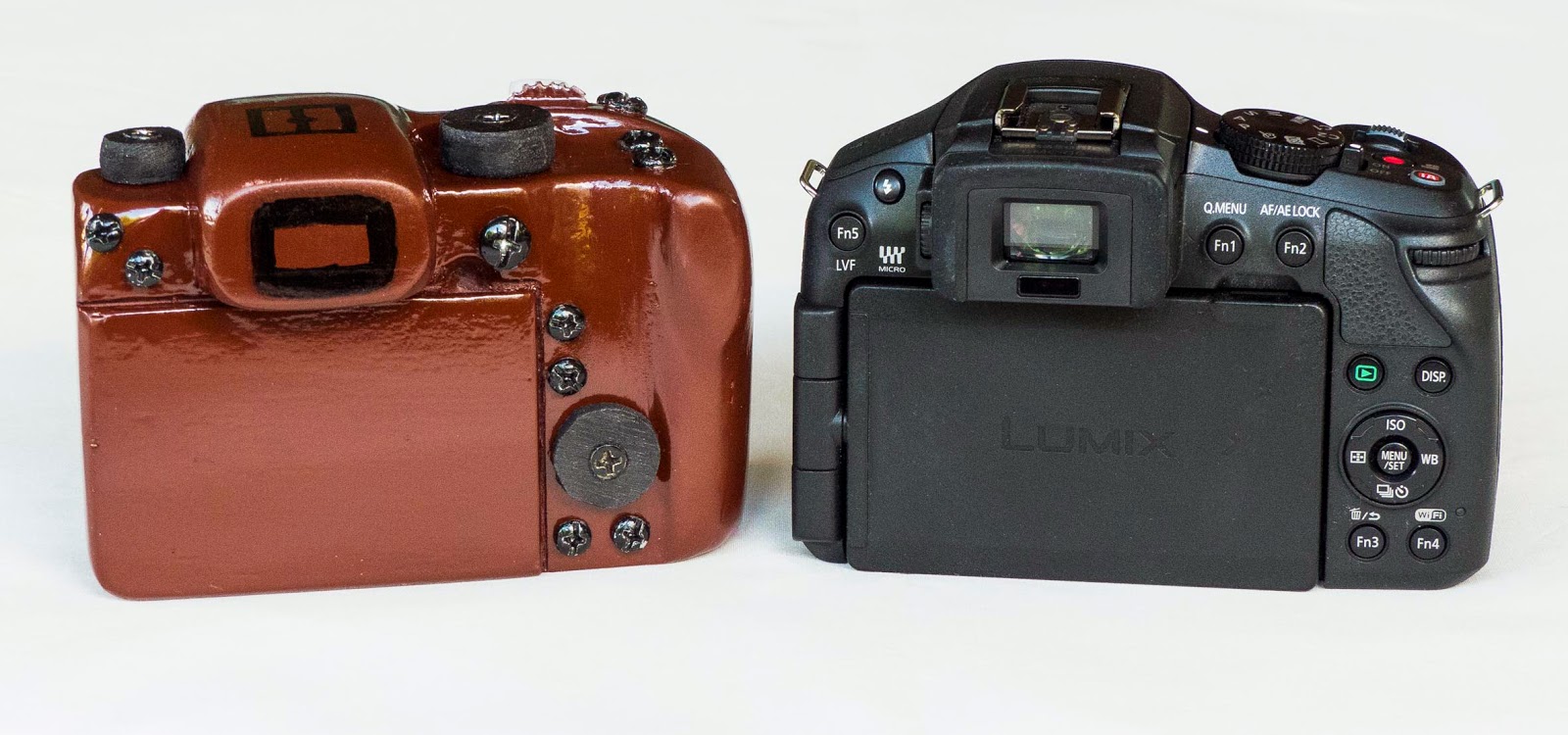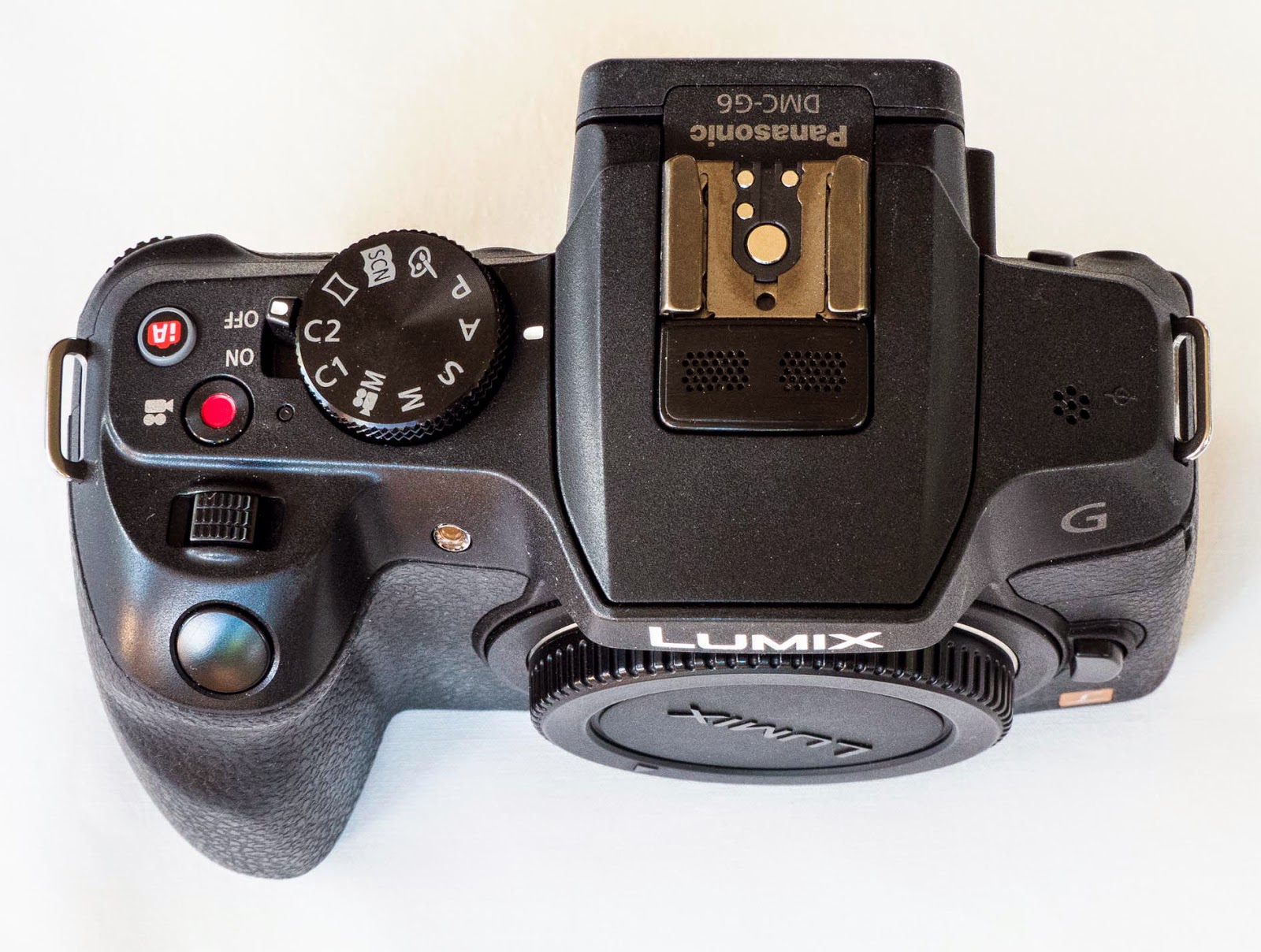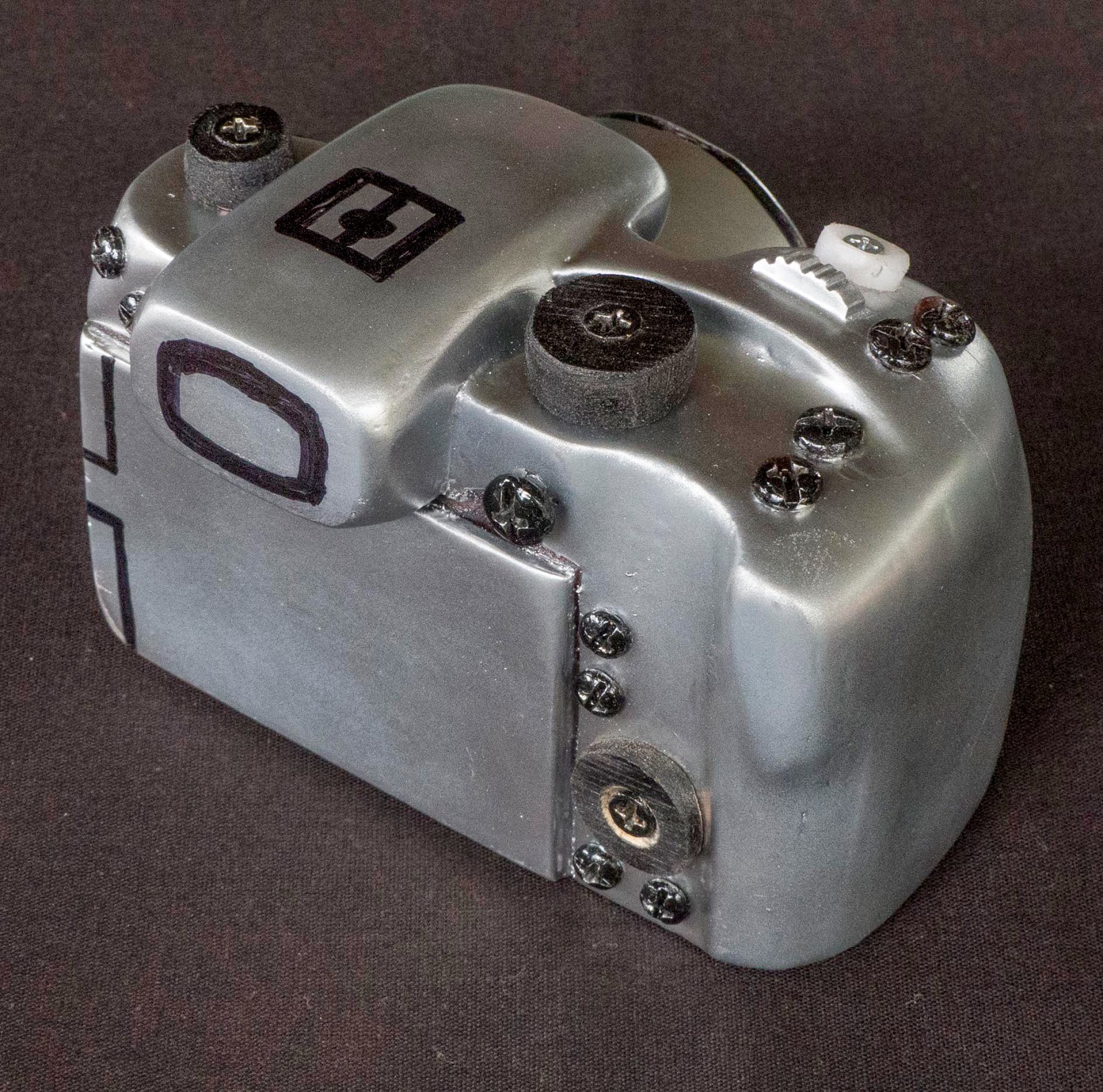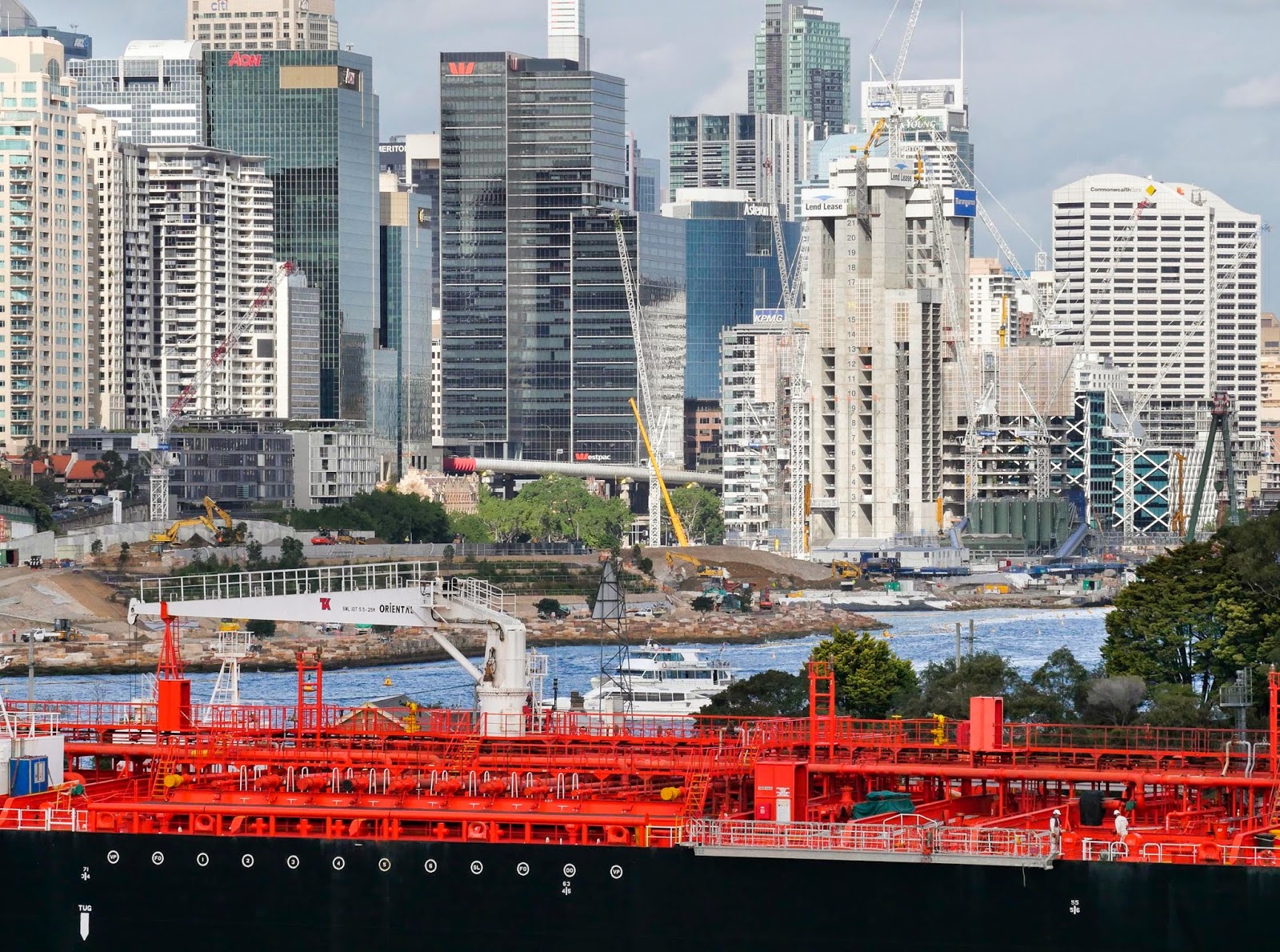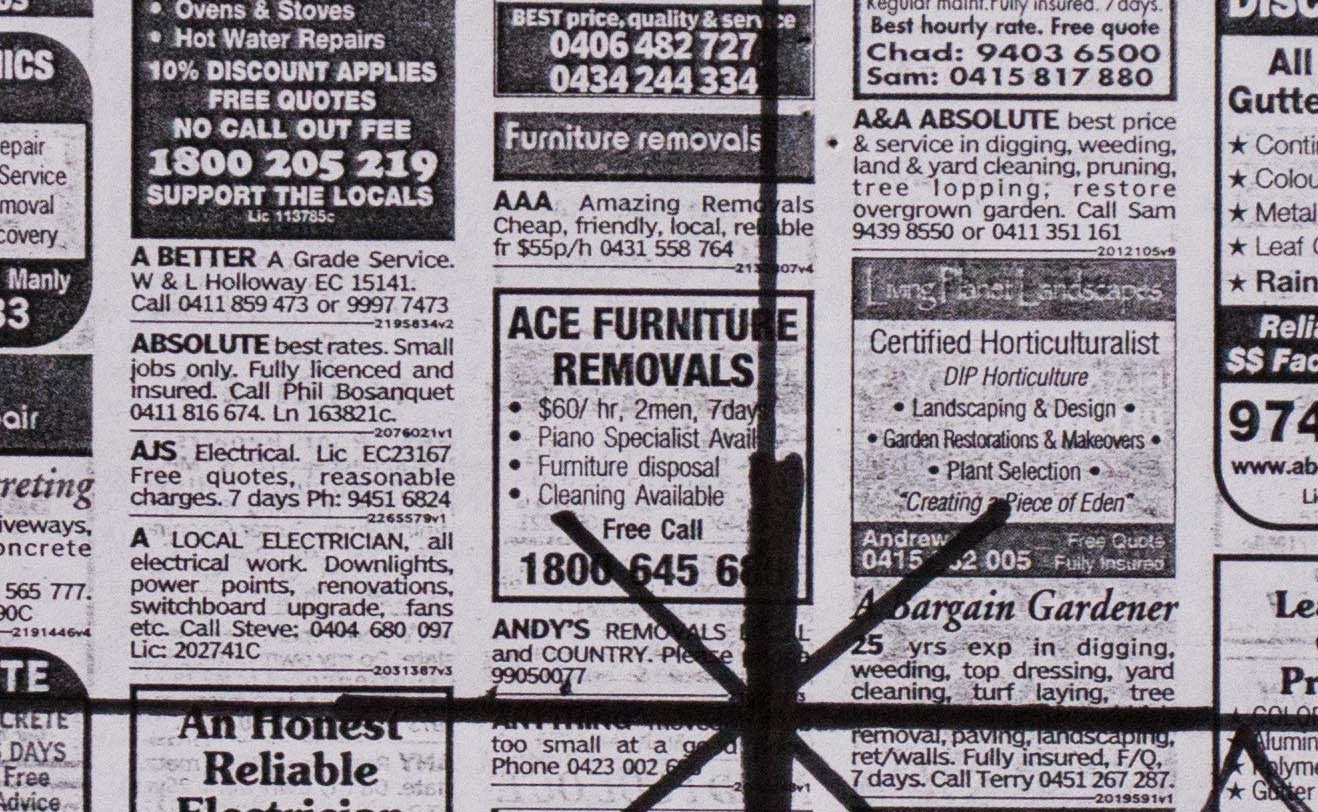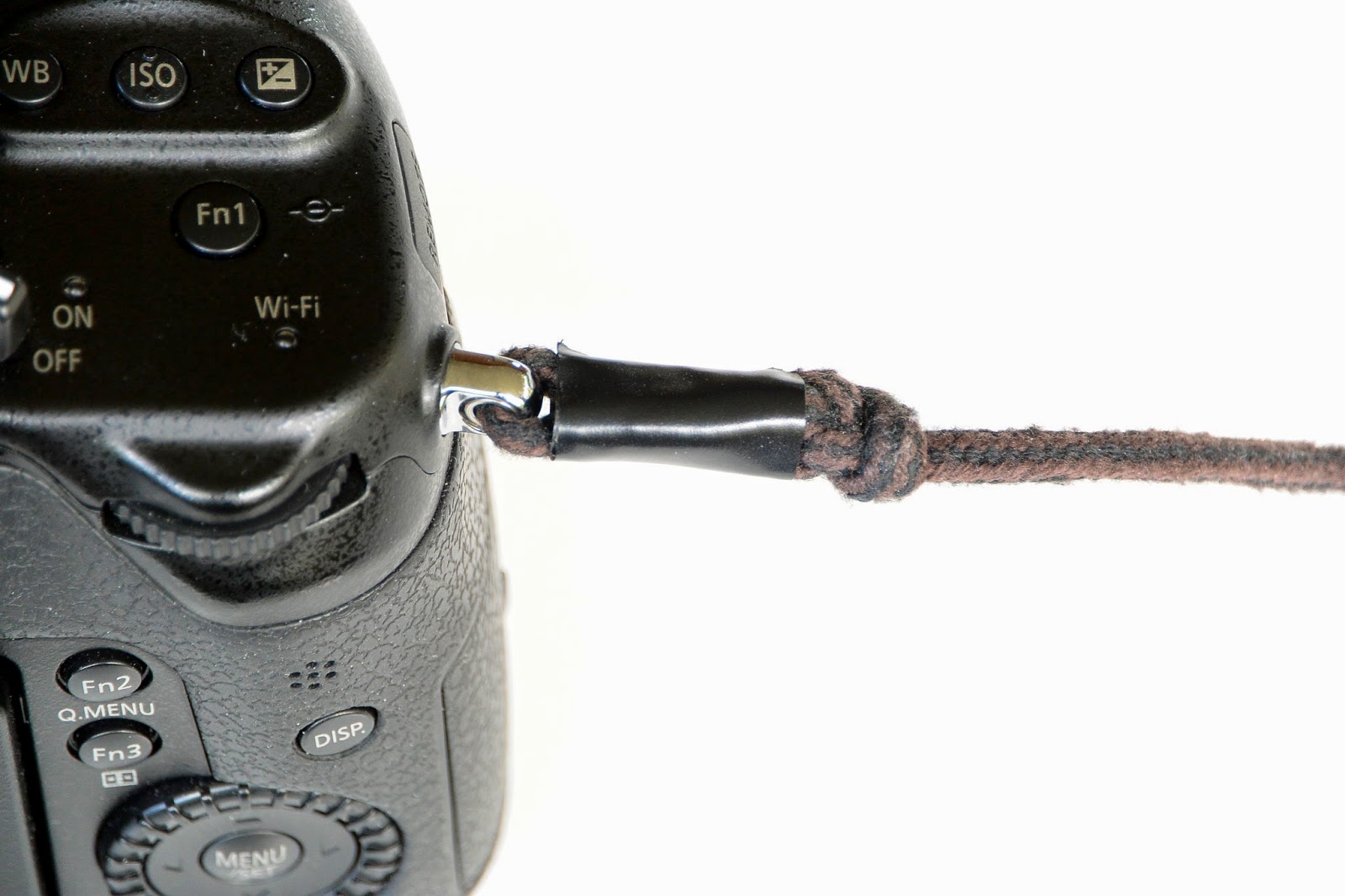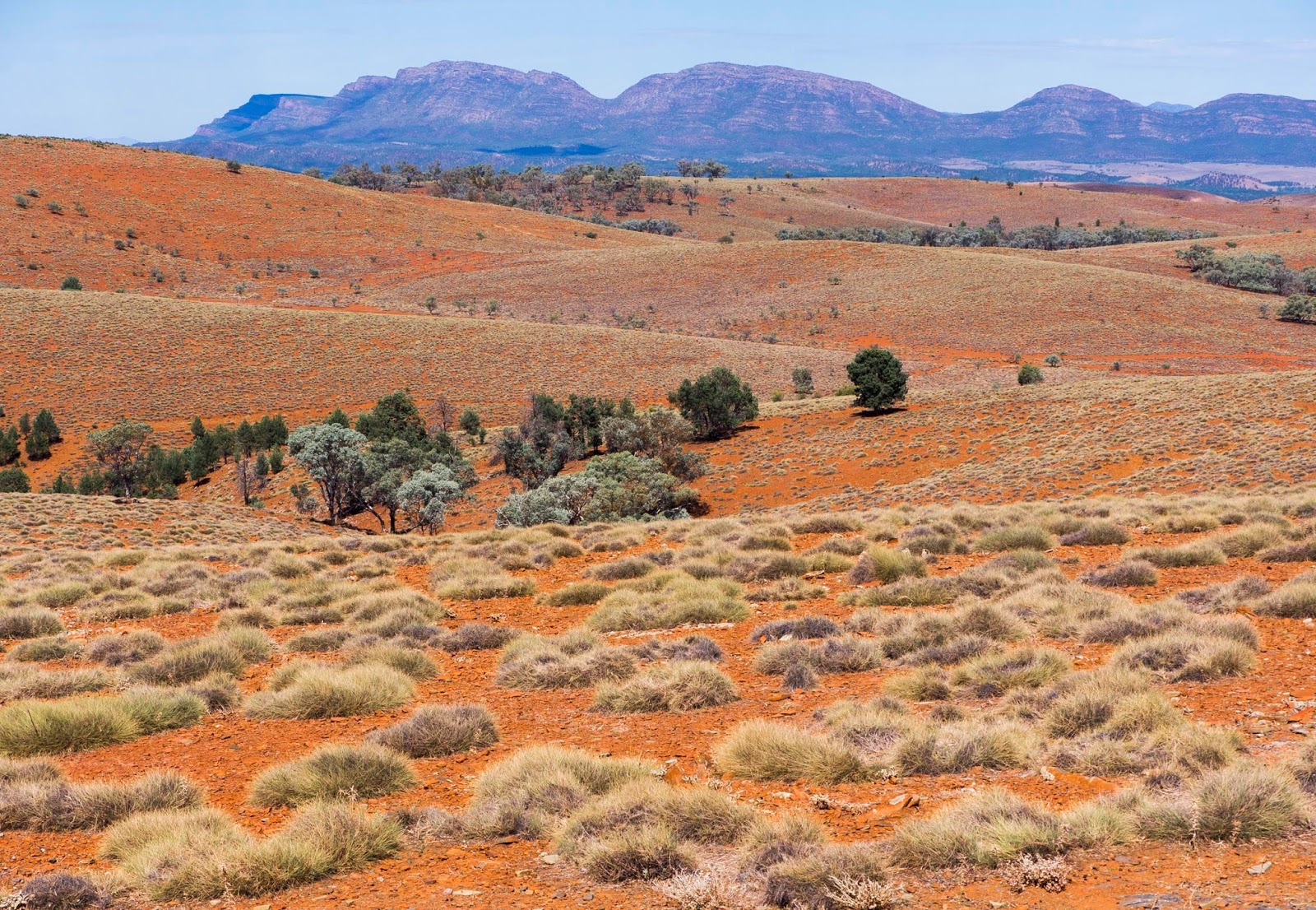 |
| Red planet ? |
It's homework time I have done a lot of work on this over the last five years and posted my thoughts and findings on this blog. I will try to summarise these findings in this post but to fully appreciate what I am talking about I urge the reader to work through two key sets of posts as detailed below.
This blog started in February 2012. The first 14 posts from 28 February to 11 May describe the evolution of my understanding of the elements of ergonomics as they apply to cameras. Here I lay out my ideas about basic concepts of camera ergonomics and functional anatomy.
My first ergonomic review was of the Panasonic GH2 in May 2012.
The second key set of posts begins on 1 April 2014, with a review of my use of mockups to better understand the elements of ergonomics. This by the way is not an April fool's post, it just happened to get posted on that day. The next 16 posts to 19 April this year represent an update, review and elaboration of my original 2012 work. In these posts I go into considerable detail about a range of ergonomic issues including handles, shutter button position, control systems, control dials and much more.
I particularly urge the reader to work, and yes it is work, through "Language and taxonomy of Camera Ergonomics" on 6 April and "The problem with likes" on the same date.
Brief summary of findings
There are 4 phases of camera use, Setup (prior to using the camera), Prepare (in the minutes before making pictures), Capture (the process of making pictures) and Review (which is pretty much self explanatory).
In the Capture Phase of use there are three ways by which the user interacts with the camera. These are Holding, Viewing and Operating.
in order to make the camera do his or her bidding the user must perform a series of Tasks in each of the phases and interaction modalities.
Completion of each task requires Actions. These can be examined by time and motion study. Anybody with access to a camera and a user can do such a study. It is just a matter of paying attention to every action required to make a camera work. This can reveal the number of actions required to perform each task. It can also examine the complexity of those actions and note the presence of any enabling actions required.
All evaluation systems have underlying assumptions. In this case some of these are:
* The camera is designed to be suitable for the expert/enthusiast user who wishes to take control of the process of picture making. Novices/snapshooters can use this camera perfectly well by setting auto mode and leaving menus, buttons etc at default settings.
* A Proper Camera is envisaged. This has an anatomical built in handle (by which I mean one which is shaped to fit the hand which holds it), a built in EVF of high quality, a fully articulated monitor, built in flash unit, ability to fit accessory flash units, zoom lens or ability to mount one, responsive performance and good enough picture quality for most users and uses.
* The evaluation schedule is written for a mirrorless interchangeable lens camera (MILC). For a DSLR substitute optical viewfinder (OVF) for EVF. A well designed MILC does have several inherent ergonomic advantages over the DSLR type. The EVF allows much more data and choice of data in the viewfinder, the EVF can be configured to look the same as the monitor and the segue from EVF to monitor can be seamless with a MILC but not with a flipping mirror DSLR.
* It is ergonomically preferable for camera operation to require the minimum number and complexity of actions.
* A well designed camera should be comfortable and secure to hold.
* Viewing arrangements should provide a clear subject preview in all operating conditions.
This is completely different from and unrelated to any consideration of an individual's likes, wants and preferences. It is also unrelated to any questions about style.
As a result of performing time and motion studies on many cameras and mockups I have come to the view that some types of arrangement for holding, viewing and operating provide clear ergonomic benefit over other types. This is reflected in the evaluation schedule.
In the next post I put forward a schedule for measuring camera ergonomics. The alert reader will notice that some things are missing from consideration. I have nothing to say about many of the features which festoon modern cameras. There is an endless list of these things including "Best moment capture mode", "Motion Snapshot Mode"......etcetera.....
I also do not refer to some features which some might regard as pertinent to the ergonomic evaluation. One of these is touch screen operation. The touch screen is inaccessible when looking through the viewfinder. My scoring schedule is deliberately biased towards operating in Capture Phase with the eye to the viewfinder. The reason for this is that I regard viewfinder operation as one of the cardinal features which differentiate the proper camera from other photo capable devices.
I am well aware that some users say they feel happy to use a camera in monitor view but I bet they will be considerably less happy when the sun is shining on the monitor or a long lens is fitted or they want to exclude noise (auditory, visual, emotional etc.) intrusion from the immediate environment or all three. The touch screen might be a workable alternative to hard UIM's in Setup, Prepare and Review Phases of use. My thinking is that having provided plenty of hard UIM's for use in Capture Phase one might as well use them in the other Phases as well.
Wi-Fi technology is improving and might well deserve inclusion in a subsequent update.
I don't do motion picture so will confine my evaluation to still photo. I would imagine that the videographer will often want to mount the camera to a fluid head, in which case it might be best driven from the touch screen. There are several websites devoted to the world of video, this is not one of them.
Maximum score allocations: This represents a judgement call about which aspects of camera use are the most ergonomically important. Obviously this is contestable but I think it is reasonable to allocate the highest priority to the process of operating the camera in Capture Mode. The actual numbers are somewhat arbitrary as they must be but they can be adjusted in the light of ongoing experience, should that be necessary.
| Phase of use | Maximum score | |
| Setup | 15 | |
| Prepare | 15 | |
| Capture | Holding | 20 |
| Viewing | 20 | |
| Operating | 25 | |
| Review | 5 | |
| Total | 100 |



